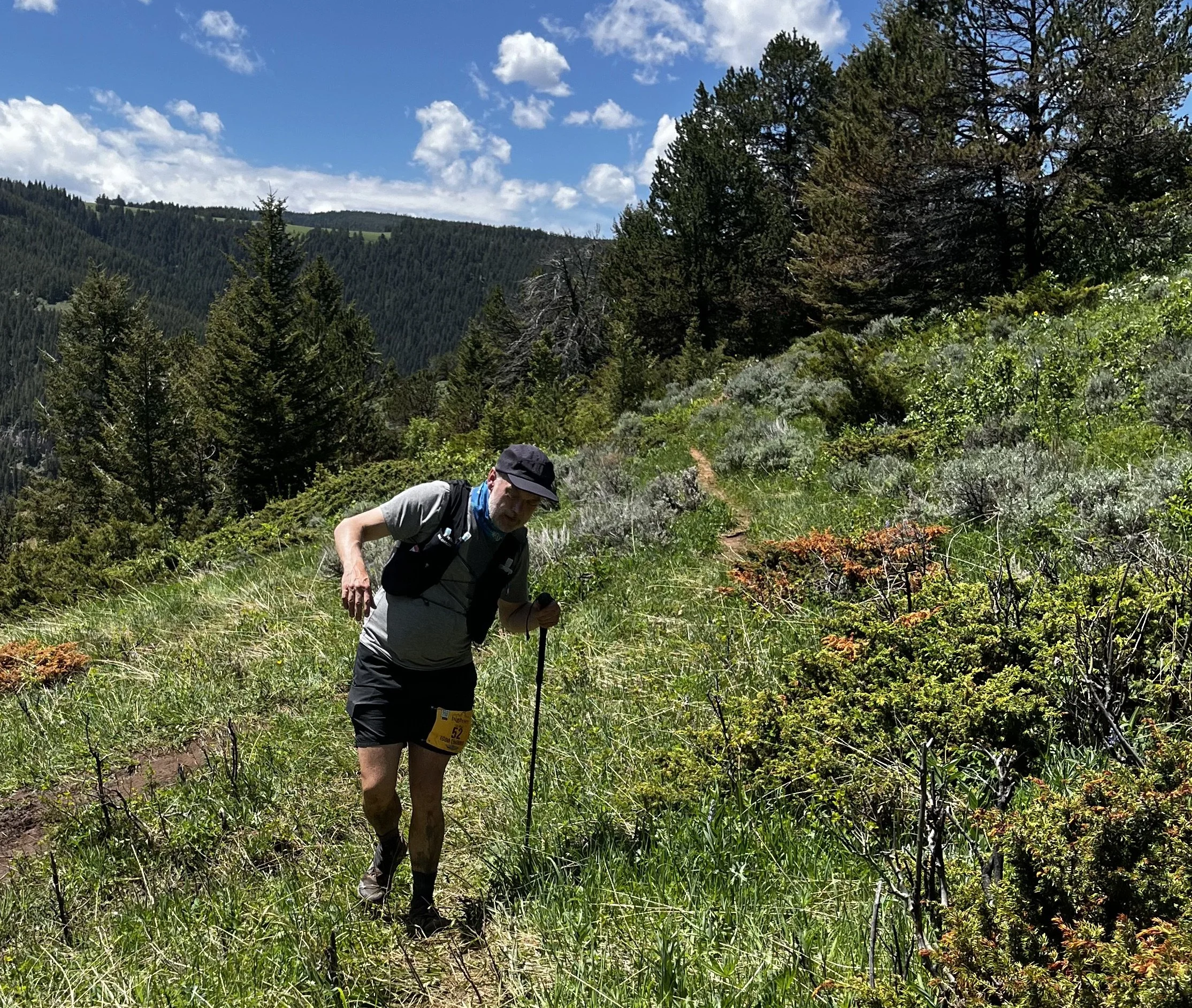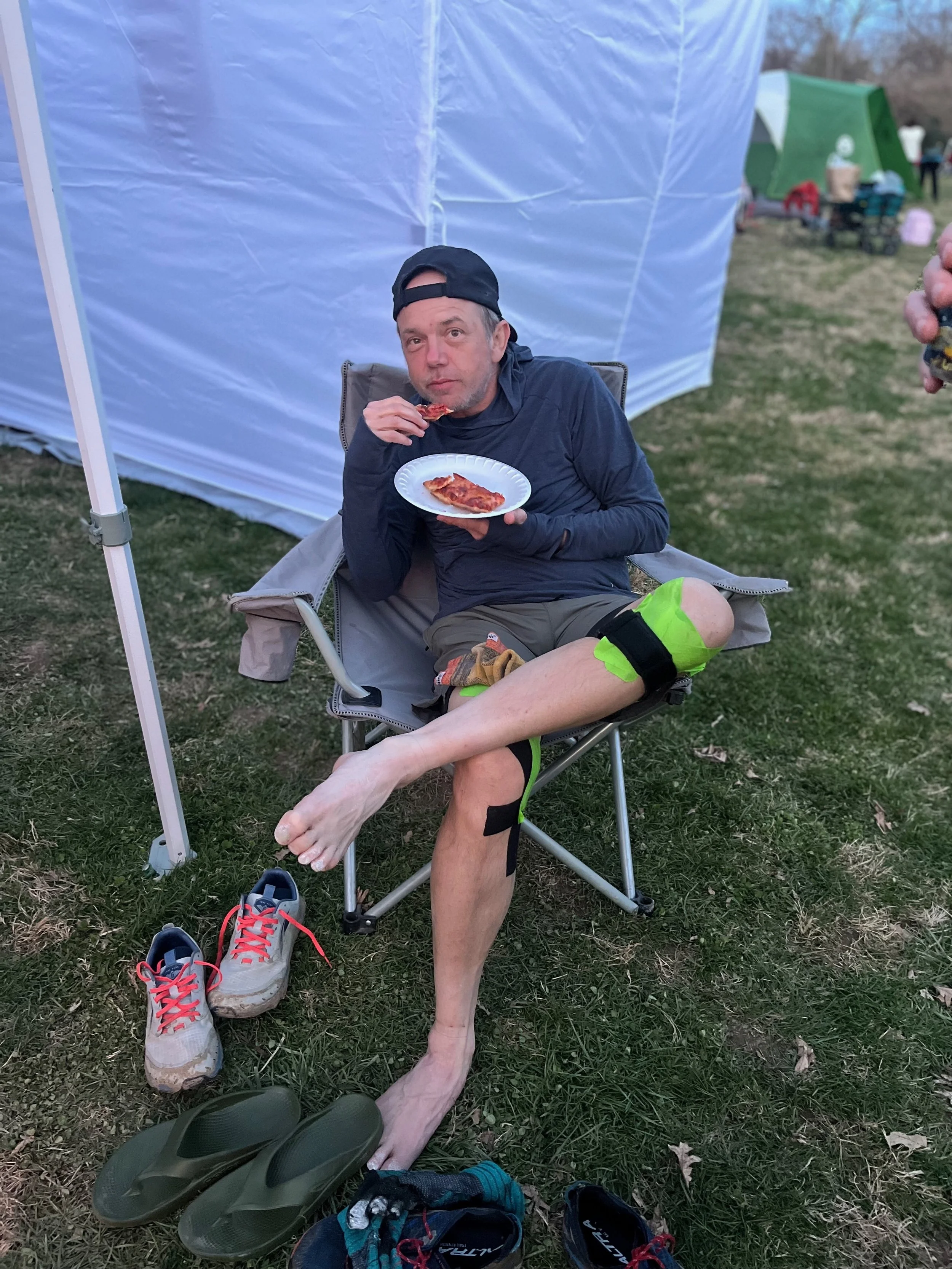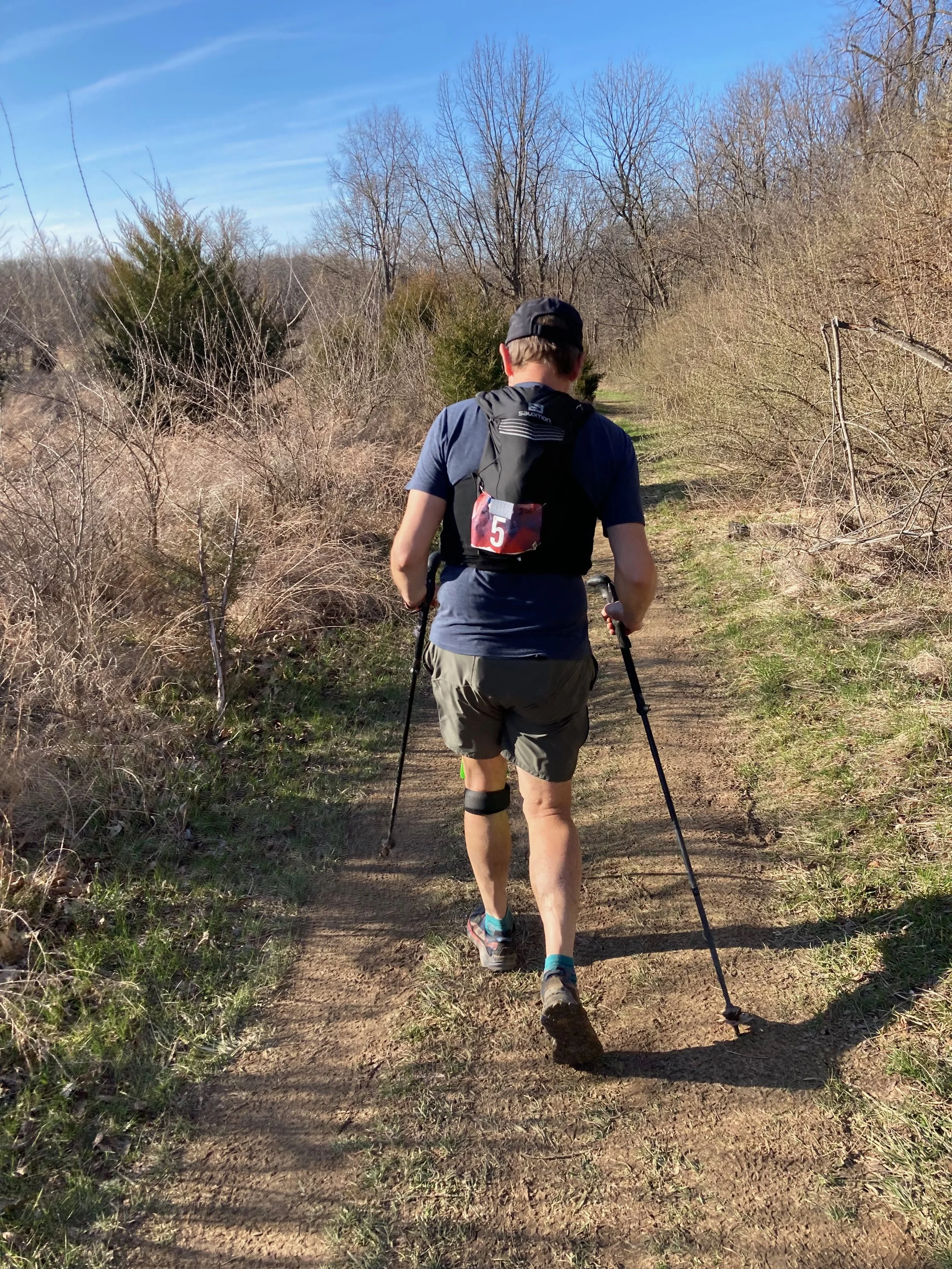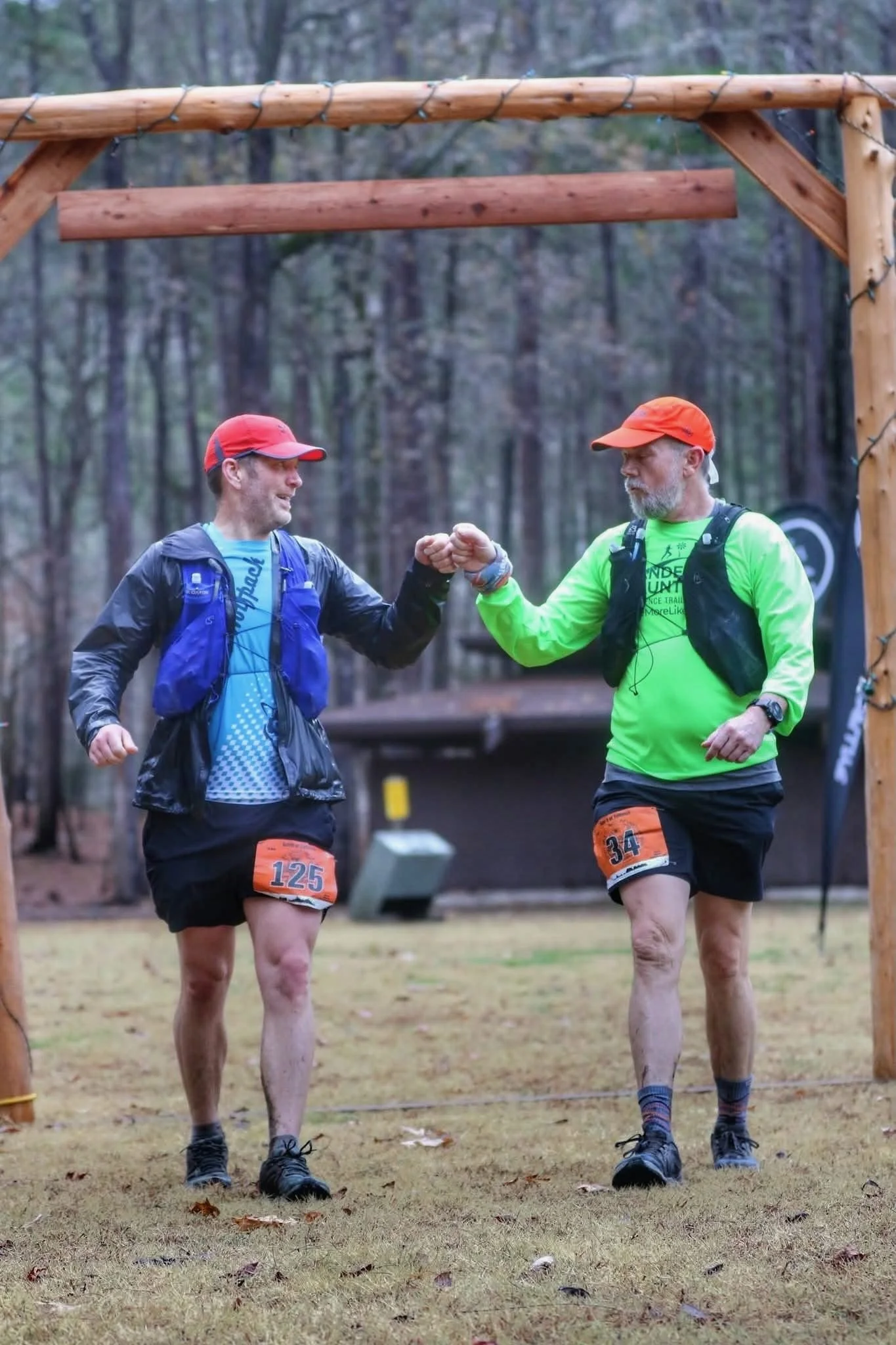The Lesson
The human body has a way of humbling us when we try difficult challenges. For me, that lesson came at mile 58 of a 100-mile race in the Bighorn Mountains of Wyoming. I was shocked when my pacer commented that I was leaning to the left. I straightened up but could feel myself pulling naturally to the left. Entering the next aid station at mile 66, one of the medics asked about my leaning. I said it was a tight muscle and that I'd put some arthritis cream on it and take some Ibuprofen.
I reassured her I was fine and continued on my race. But shortly after leaving, my back was getting worse. It took tremendous effort to stand straight. As soon as I relaxed, my back sprung back to leaning left. Then the serious pain came. Running, walking, and standing were all intense. I dropped at mile 76. I was disappointed and scared that I may have hit an age where my running career was coming to an end.
After a couple of days of rest, I was able to finally stand straight without much effort. Hindsight offering clarity, I realized this wasn't the first time I was leaning in a race. A couple of years previously, pain in my right knee drove me to DNF Potawatomi 200, but when I look back at the photos, I had a wicked lean. Then I reflected on the back pain I had finishing Wy'east Wonder in Portland. Have I been dealing with this issue longer than I realized? Had I been in denial?
After my Bighorn lean realization, I focused on strengthening my back. After 30 years of leading training programs and coaching others through challenges, I knew I could figure this out. At least once a week, I did upper body strength that included: deadlifts, lateral raises, bent over rows, tricep dips, curls, pushups, and pull ups. That seemed to be working. I ran 35 miler in Arkansas with no back pain, and followed it up with another 35 miles a week later.
I was confident I had solved the problem. I prematurely congratulated myself on my grit and determination. I kept up my strength training, and even added a weekly yoga session and the occasional set of McGill's 3 back exercises (curl ups, side planks, and bird dogs). I felt like I was beating the lean, which is why I was so devastated when the lean returned towards the end of a 50k. Not only was it back, but it was happening sooner with less miles!
While my back felt weaker, my resolve grew stronger. I wasn't giving in! I expanded my strength training to include Pilates. In that first class, many of the core exercises hit those lower back muscles right in the crosshairs. Was this finally the solution?
I made two Pilates classes a week my priority. My core was a rock! I felt strong and determined when I returned to Bighorn 100 a year later for my shot at redemption, only to be shot down and disheartened yet again when the lean attacked me sooner and ended my race at 35 miles.
I'm a life-long learner who believes in constant improvement. There is always something I can do today to be better tomorrow. This painful and disappointing journey has provided a new path for me to explore. Now, I'm on a quest to understand what causes runners' lean (Lateral Trunk Lean) for endurance athletes, beat the lean myself, and build a community where we can share strategies and support each other through this challenge.
Lean on me!
If you're dealing with runners' lean too, you're not alone. Here's where I'm starting my research, and I'd love to have you join me on this journey.




